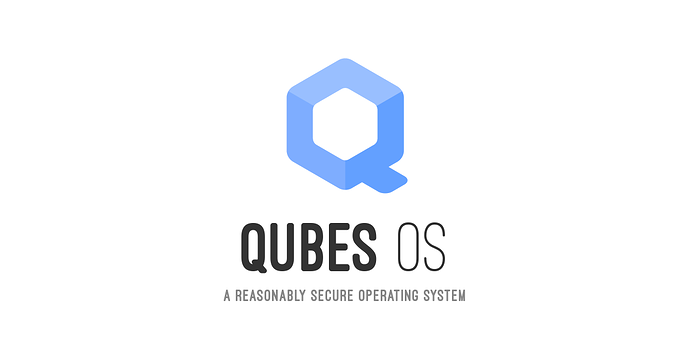I am trying to create functional sys-audio according to this post since there are no official manuals so far.
running qvm-pci:
dom0:00_1b.0 Audio device: Intel Corporation 7 Series/C216 Chipset Family High Definition Audio Controller sys-audio (no-strict-reset=True)
I didn’t change automatically created /etc/qubes/policy.d/50-sys-audio.policy file, for the same reason and since I am not familiar with it’s meaning, so it’s content is
Summary
admin.Events * sys-audio sys-audio allow target=dom0
admin.Events * sys-audio @adminvm allow target=dom0
admin.Events * sys-audio @tag:audiovm-sys-audio allow target=dom0
admin.vm.CurrentState * sys-audio sys-audio allow target=dom0
admin.vm.CurrentState * sys-audio @adminvm allow target=dom0
admin.vm.CurrentState * sys-audio @tag:audiovm-sys-audio allow target=dom0
admin.vm.List * sys-audio sys-audio allow target=dom0
admin.vm.List * sys-audio @adminvm allow target=dom0
admin.vm.List * sys-audio @tag:audiovm-sys-audio allow target=dom0
admin.vm.property.Get +audiovm sys-audio @tag:audiovm-sys-audio allow target=dom0
admin.vm.property.Get +xid sys-audio @tag:audiovm-sys-audio allow target=dom0
admin.vm.feature.CheckWithTemplate +audio sys-audio @tag:audiovm-sys-audio allow target=dom0
I have also set sys-audio to manual start.
When I try to start it manually, the system crashes and no entries about crash can be found both in sudo journalctl, nor in sudo dmesg against “sys-audio”, last boot after crash, or “00:1b.0”, probably since it hasn’t time to record anything.
If I set sys-audio to autostart, this happens.
Considering no error could be traced I’m not sure documentation can be used to try to resolve the issue
Is there any advice what I could try in order to successfully passthrough audio device to sys-audio?


